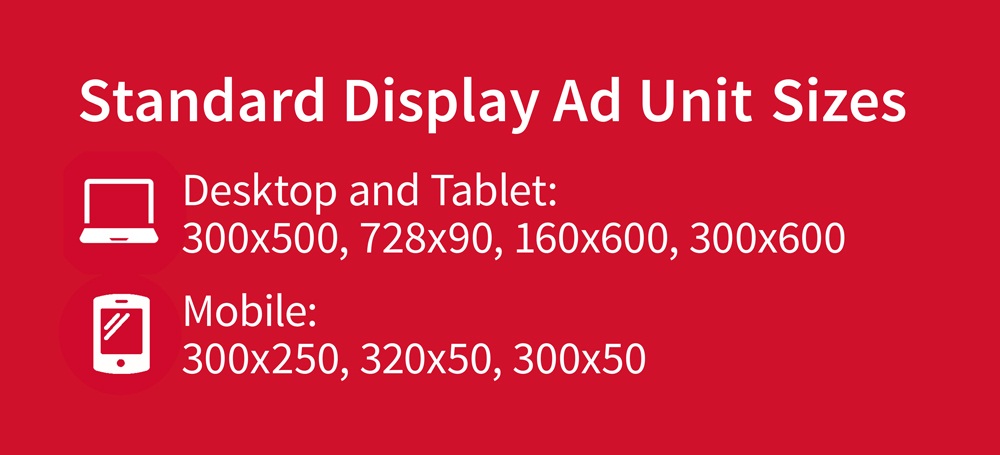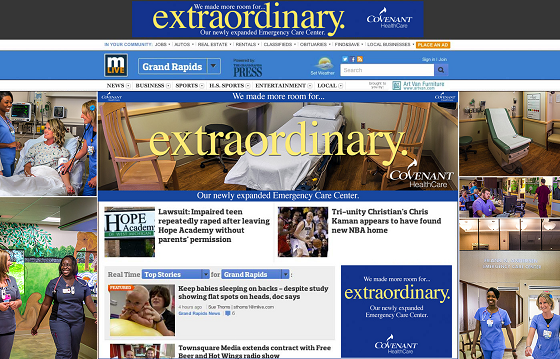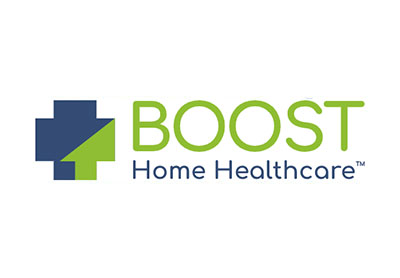
Not only has the ACA decreased hospital reimbursement, it’s also increased confusion among patients. As a hospital marketing director, it’s your goal to meet patients where they’re at. So, where are they exactly? Online.
But don’t just take our word for it. Here are some statistics from Pew Research Center:
- 92 percent of individuals are online 5+ times a week
- 45 percent of individuals read or view posts on social media regularly
- 65 percent of adults use the Internet
- 72 percent of adults go online for health information
John Weston, CMO at Mayo Clinic explains, “The consumer-to-patient journey is largely a digital journey at their moment of need.” So, why do you find yourself always resorting to traditional mediums? Compared to advertising platforms such as outdoor and print, digital can reach a specific niche audience via the Internet, mobile devices and social media, while also providing patients immediate connection and access to healthcare information. So patients no longer have to run into your ads in order to see them; you can deliver the ads right to them.
Also, remember those dollars you spent investing in your beautiful, mobile-friendly hospital website (as mentioned in our second blog post)? You worked hard to put it all together, so it’s important to make sure you’re driving traffic to your website. Digital ads not only increase awareness for your hospital services, they work wonders in pulling people directly to your site. So, it’s a win-win for your hospital.
If your hospital is looking to increase awareness, start with these seven digital marketing strategies:
-
Standard Display Ads – Ever feel like the countless ads in your web browser are specifically being served to you and you only? It’s as if they know exactly who you are and what you’re interested in. That’s the power of behavioral targeting, which uses standard display ads to reach a specific audience based on their online behaviors.
You can leverage standard display ads to target your audience based on demographics such as age, gender, location, interests and more. For example, if your hospital wants to get the word out about your newly renovated pediatrics unit, create ads that target women whose behaviors reflect someone who could potentially be a new mom. This may include researching parenthood tips, shopping for newborn baby clothes and purchasing nursery furniture.

We created standard display ads to increase awareness for our client, Karmanos Cancer Institute. The campaign ran for a little over a month and received over 16,300 clicks to the website via desktop, tablet and mobile devices, which eventually turned into qualified marketing leads.
-
Mobile Ads – Standard display ads aren’t restricted to desktop only. They can reach audiences via tablet and mobile, too. And since 80 percent of individuals use a mobile device to search the Internet, creating mobile display ads is a great way to ensure your hospital message will land right into the hands of your target audience.
Standard display ads can be interactive (like a .gif) or static (like a still image) and come in difference sizes:

-
Page takeovers – Why display one standard display ad when you can show users two or three or… take over the entire page? Page takeovers grant you 100 percent of the marketing space for a website, which we have found to be extremely effective in increasing brand visibility and results. Do you have a big announcement to make? Perhaps a new program or unit unveiling? Create a page takeover campaign to complement your PR efforts with a splash.
When Covenant HealthCare expanded their Emergency Care Center (ECC), we ran a campaign that included a page takeover of MLive. When users clicked on any of the ads, it would take them to Covenant’s ECC webpage. The results? ECC moved from the 29th most visited page on Covenant’s website to the fourth most visited, which is exactly where the ETeam wanted the focus.

-
Google AdWords – 77 percent of individuals seeking health information turn to a search engine first. And when you think of a search engine, you think of Google. Chances are, you’ve seen ads on Google (and you’ve probably clicked on them too). Your hospital can place ads on Google via AdWords, targeting people who are searching for the services you offer. Plus, you only pay when someone clicks your ad. So there’s no fee if your ads aren’t driving traffic, which means not a single dollar will go to waste – a perfect option for your limited budget.
Our client, Health Management Associates, had high-performing results, generating over 600 clicks to the website each week. The average click-through rate for all the ads was 1.34 percent, which exceeded the industry average of 1 percent. Recent reports show that 20 percent of the website traffic came from Google AdWords.


-
Video – 70 percent of marketing professionals report that video converts better than any other medium. We’re not talking about a TV commercial; we’re talking about online videos. And with more than 1 billion users on YouTube, it’s safe to say that video marketing is a smart step everyone should be taking, including your hospital. A big advantage of using video is that you can reach more people without spending too much of your marketing budget. You’re investing in the cost to produce one video, which can generate up to thousands of views. Plus, if you want to promote your video on YouTube, there’s no minimum spend, which means you can maximize your video marketing campaign based on the budget that works best for you.
To promote Covenant HealthCare’s maternity services, we developed a YouTube campaign that featured the video, “Married Life.” The video generated qualified marketing leads by receiving a total of 203,815 views and directed viewers to learn more about the services Covenant had to offer.
-
eBlasts – Email marketing tactics, such as eBlasts, are a great way to stay connected with current and potential patients. Using the hospital database, eBlasts allow for more frequent communication between a hospital and its consumers. Unlike traditional forms of messaging like postal mail, your hospital can use eBlasts to send real-time messages about the latest news in healthcare, link to your website, show videos and photos, announce an upcoming event and more. Best of all, there are no hefty postage costs, which is sure to make your budget happy.
- CRM – With the expansion of your digital marketing, now it’s time to tap into customer relationship management (CRM) to make your marketing strategy more targeted, more precise and more profitable. There are many vendors that provide a customer-oriented technology platform to help track your digital marketing campaigns, maximize your database, gain insight to reach new patients and better engage with current ones. CRM is the future of maximizing your hospital marketing campaigns, so consider implementing it into your digital marketing strategy.
Want to start your own digital marketing campaign, but don’t know where to start? Get in touch with us. Our expert media team will consult with you to decide the best digital marketing strategy that works within your budget. Contact Julia Mastropaolo at JMastropaolo@brogan.com.
Find more suggestions on how you can overcome hospital budget cuts.













